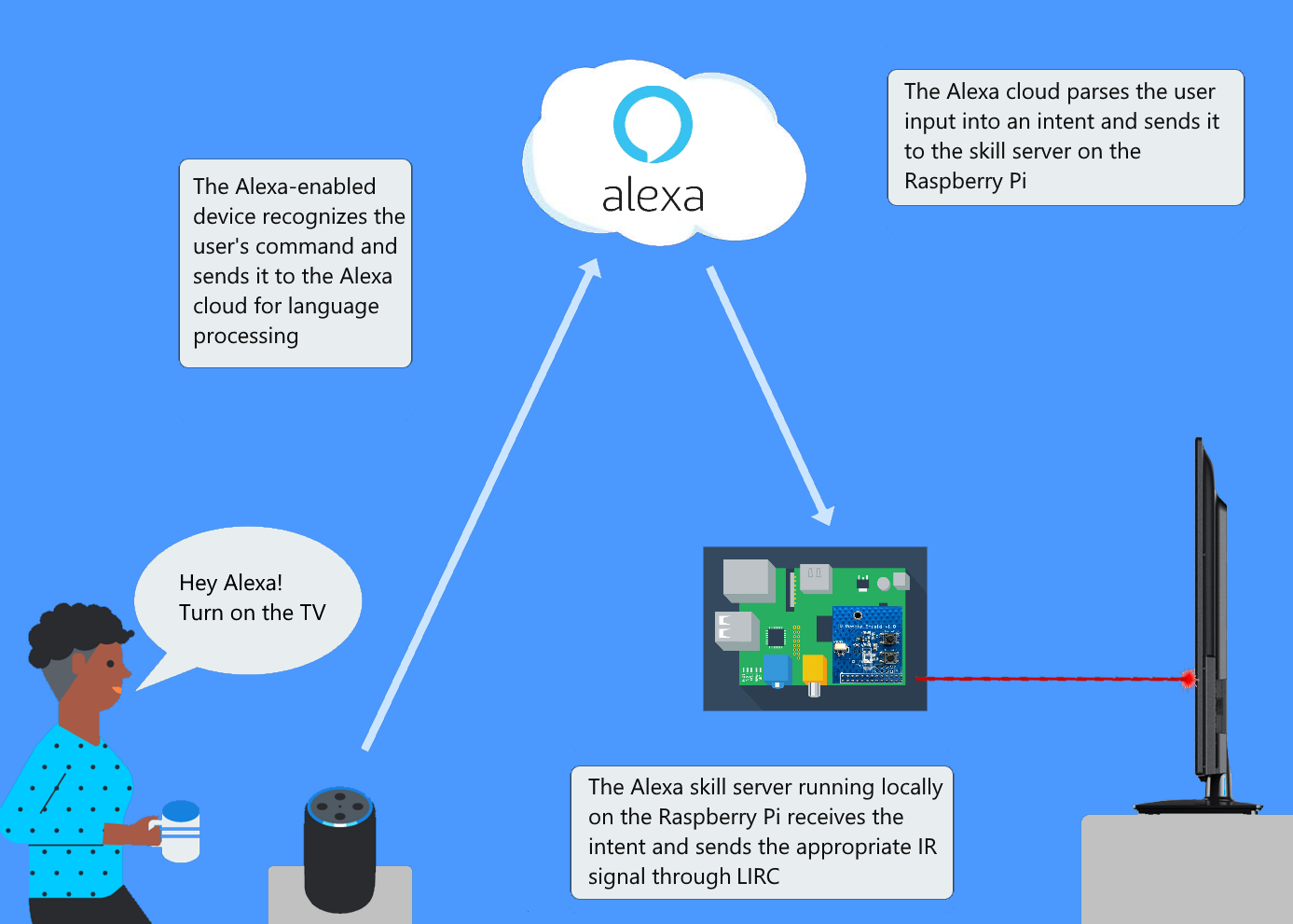Alexa-Enabled Universal Remote
Alexa Modular Adapter
Alexa Enabled Universal Remote
ARbot
AutoIrrigation
Automated Hydroponics
Autonomous UV-C Sanitation Bot
Bus Tracker Project
Bus Tracking System
Bus Usage Monitor
Classmates Search
Cloud Native Wireguard
CO2 Monitoring System
Diabetics Companion
Edu Plastic Pollution
EDU (CPU)
Googun
H2Eyes
IMDB on FPGA
Indoor Robot
Induction Motor
Land Trust Management
Learning Storage Networks
Low Latency Gaming
Marine Plastics Monitor
ODS Web App Performance Tuning
Offroad Spotting Drone
ONI Code Visualization
Painless Healthcare Management
Parquet+OCI project
Preventing Vehicular Heatstroke
Remote Nuclear Monitoring
Rent-a-Driveway 2020
ResearchConnect
RREESS Microgrid Management
Save our Species 2020
SAWbots - Miniature Medical Robots
Self Stabilizing Personal Assistance Robot
Slug Charge
Slug Sat
Smart Cane
Smart Magazine Floorplate
Smart Park
Smart Seat Cover for Posture Detection
Smart Slug Bin
Soaring Slugs
Team Litter Buster
Understanding Healthcare Data
Vibrace
VoIP Management Assistant
Wildfire Detection Drone
Abstract
The Alexa-Enabled Universal Remote leverages existing accessibility options within Amazon’s Alexa voice assistant and pairs it with the hardware flexibility of a Raspberry Pi to control infrared (IR) and radio frequency (RF) enabled devices. The universal remote learns the signals of existing remotes and sends these signals to control devices hands-free by voice.
Approach
We use the Alexa Skills Kit SDK to build a custom skill. For this, we create a set of intents or actions that a user may perform using the skill, along with a set of utterances or words and phrases that may invoke said intents. In our case, we created “set up” intents for the training process and a “use” intent to transmit the recorded signals.
For hardware, we use a Raspberry Pi 3 B+, with an IR/RF transceiver, a module that allows us to transmit and receive IR signals, connected to the general-purpose I/O (GPIO) pins. The Linux program LIRC is used to send the appropriate IR signal when an intent is recognized.
Overview
A significant amount of people with disabilities use both regular and special-purpose devices that are controlled by a handheld infrared(IR) and radio frequency(RF) remotes. Although these devices have a huge personal impact, they are restricted to those who could use handheld remotes. Voice is an empowering interface that could work around this problem. However, market solutions are low in volume and relatively expensive. The Alexa-enabled Universal Remote project aims to increase the number of devices that can be controlled by voice by recognizing the signals of existing remote controls. The cost-effectiveness of retrofitting existing devices, combined with the inexpensive hardware and the ease of not having to replace entire existing setups would make this product one of the easiest ways to enhance accessibility.

Training Remotes
he use of the LIRC program to parse and transmit IR signals came with the added advantage of easy access to their community-sourced database of remote configuration files that support an extensive number of devices.
The product also offers an alternative interface that allows the software to remember the signals of remotes through a training routine. While this does require the physical use of remote controls, which many among our target audience may not be able to do, it is a one-time process and is intended to be a fallback for rare situations.
Conclusion
The current version of our product allows users to record and use any remote control that uses infrared for communication. Future plans for the project include implementing a mesh network like system for the hardware, adding RF support and adding the ability to remember button sequences.
Acknowledgements
We would like to thank Ken Karakotsios and the other members of the Alexa for Everyone team, our instructor Richard Jullig and TA Arindam Sarma. We would also like to acknowledge our former teammates Vincent Thai and Tongze Wang for their initial contributions.